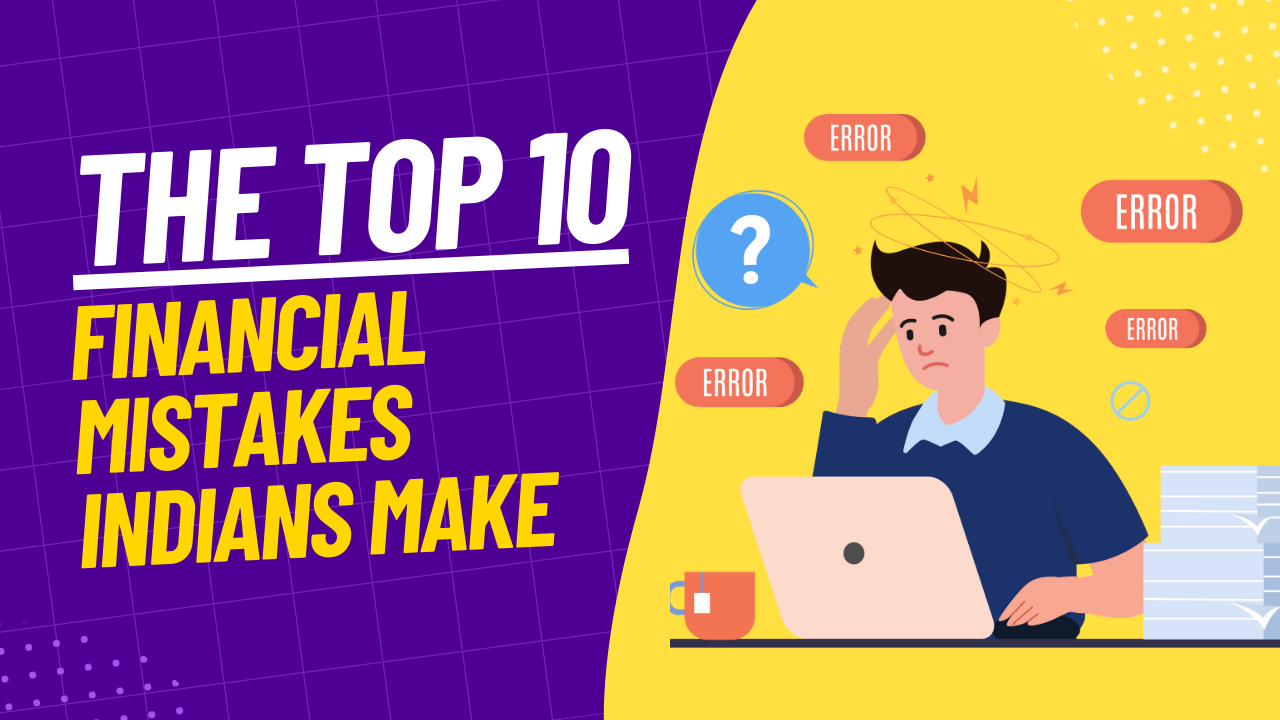What is Initial Public Offering (IPO)
An initial public offering (IPO) is a process by which a company offers its shares to the public for the first time. In India, IPOs are regulated by the Securities and Exchange Board of India (SEBI) and typically involve a range of stakeholders, including the company, underwriters, merchant bankers, and investors.

Investing in an IPO can be a high-risk, high-reward proposition, as the share price can be volatile in the initial days of trading. Investors should carefully evaluate the company’s financials, valuation, and growth prospects before investing in an IPO and consider their investment objectives, risk tolerance, and portfolio diversification. It is also important to note that past performance is not indicative of future results, and investing in the stock market involves inherent risks.
What are some common risks associated with investing in IPOs?
Investing in IPOs can be a high-risk, high-reward proposition, and there are several risks associated with it. Here are some common risks that investors should be aware of:
1. Limited historical data:
IPOs are typically offered by companies that are relatively new or have limited operating history as a public company. This means that there may be limited information available on the company’s financial performance, management, and business operations, making it difficult to evaluate the company’s prospects accurately.
2. High volatility:
IPOs can be highly volatile in the initial days of trading, as the share price can be influenced by a range of factors, including market sentiment, investor demand, and supply of shares. This can result in large swings in the share price, which can lead to significant gains or losses for investors.
3. Pricing risks:
The price of an IPO is set by the company and its investment bankers, based on a range of factors, including the company’s financial performance, growth prospects, and market conditions. However, the price may not accurately reflect the company’s true value, and investors may end up paying too much for the shares.
4. Lockup periods:
Many IPOs come with lockup periods, during which insiders, such as company executives and early investors, are prohibited from selling their shares. When the lockup period expires, there may be a flood of shares hitting the market, which could put downward pressure on the share price.
5. Unproven business models:
Many IPOs are offered by companies that are operating in emerging industries or with unproven business models. These companies may face significant operational and financial risks, including competition, changing consumer preferences, and regulatory changes, which could impact their long-term prospects.
It is important for investors to carefully evaluate the risks associated with an IPO and consider their investment objectives, risk tolerance, and portfolio diversification before investing in an IPO. It is also advisable to seek professional financial advice before making any investment decisions.
What are some strategies for mitigating these risks when investing in IPOs?
Here are some strategies for mitigating risks when investing in IPOs:
1. Do your research:
Before investing in an IPO, it’s important to research the company’s business model, financials, management team, and competitive landscape. Investors should review the company’s prospectus and financial statements, as well as news articles, analyst reports, and other relevant sources of information.
2. Evaluate the valuation:
Investors should carefully evaluate the company’s valuation, taking into account its financial performance, growth prospects, and market conditions. Investors should compare the company’s valuation to its peers and industry benchmarks and consider whether the price is reasonable.
3. Consider the lock-up period:
Investors should be aware of any lock-up periods that may apply to the shares, as this can impact the supply of shares in the market and the share price. Investors should consider whether the lock-up period may coincide with any other events that could impact the share price, such as earnings announcements or other IPOs.
4. Diversify your portfolio:
Investing in IPOs can be risky, so investors should consider diversifying their portfolio across different asset classes, sectors, and geographies. This can help reduce the impact of any individual investment on the overall portfolio.
5. Consider the long-term prospects:
Investors should consider the long-term prospects of the company and its industry, rather than focusing solely on short-term price movements. Investors should evaluate the company’s competitive position, growth potential, and regulatory risks and consider whether it is a good fit for their investment objectives and risk tolerance.
6. Seek professional advice:
Investors should consider seeking professional financial advice before investing in an IPO. A financial advisor can provide guidance on the risks and opportunities associated with an IPO and help investors make informed investment decisions.
Sources for researching IPOs :
There are several sources that investors can use to research IPOs. Here are a few examples:
1. Company prospectus:
The prospectus is a legal document that provides detailed information about the company’s financials, operations, management, and risks. Investors can obtain a copy of the prospectus from the company or its underwriters.
2. Securities and Exchange Commission (SEC):
The SEC is a government agency that regulates the securities industry in the United States. The SEC’s EDGAR database provides free access to company filings, including prospectuses and other financial statements.
3. Financial news websites:
Financial news websites, such as Bloomberg, CNBC, and Reuters, provide up-to-date news and analysis on IPOs and other market developments. These websites can also provide insights into market trends, investor sentiment, and industry developments.
Here are some top financial websites:
- Moneycontrol (https://www.moneycontrol.com/)
- Economic Times (https://economictimes.indiatimes.com/)
- Business Standard (https://www.business-standard.com/)
- Livemint (https://www.livemint.com/)
- Financial Express (https://www.financialexpress.com/)
- Bloomberg Quint (https://www.bloombergquint.com/)
- NDTV Profit (https://www.ndtv.com/business)
- CNBC TV18 (https://www.cnbctv18.com/)
- Investing.com India (https://in.investing.com/)
- Reuters India (https://in.reuters.com/)
4. Investment banks:
Investment banks, such as Goldman Sachs, Morgan Stanley, and JPMorgan Chase, are typically involved in underwriting IPOs. These banks can provide research reports and analysis on the companies they are underwriting, as well as insights into market conditions and investor demand.
5. Independent research firms:
Independent research firms, such as Morningstar and Value Line, provide research reports and analysis on companies and industries. These firms can provide insights into the company’s financials, growth prospects, and competitive position, as well as industry trends and benchmarks.
It’s important for investors to use multiple sources of information when researching IPOs and to carefully evaluate the credibility and accuracy of each source. Additionally, investors should seek professional financial advice before making any investment decisions.
What are some common red flags to watch out for when researching IPOs?
Here are some common red flags to watch out for when researching IPOs:
1. Lack of profitability:
Companies that are not profitable or have a history of losses may be more risky investments. Investors should carefully evaluate the company’s financials and consider whether the company is likely to become profitable in the future.
2. High debt levels:
Companies with high debt levels may be more vulnerable to economic downturns or interest rate increases. Investors should carefully evaluate the company’s debt levels and consider the company’s ability to service its debt.
3. Insider selling:
If insiders, such as company executives or early investors, are selling a large number of shares in the IPO, this may be a red flag. It may indicate that insiders do not have confidence in the company’s long-term prospects.
4. Regulatory issues:
Companies that are facing regulatory issues or legal challenges may be riskier investments. Investors should carefully evaluate any regulatory or legal issues that the company is facing and consider the potential impact on the company’s financials and reputation.
5. Complex ownership structures:
Companies with complex ownership structures or related party transactions may be more difficult to evaluate. Investors should carefully review the company’s ownership structure and related party transactions and consider the potential for conflicts of interest.
6. Lack of transparency:
Companies that are not transparent about their operations, financials, or management may be more risky investments. Investors should carefully evaluate the company’s disclosures and consider whether the company is providing sufficient information to make an informed investment decision.
Conclusion:
To wrap it up, IPOs offer an exciting world that combines finance, entrepreneurship, and opportunities. They hold the potential for growth and success, but they require careful thought and smart decision-making. As we conclude our talk on IPOs, let’s remember the valuable lessons we’ve learned and keep exploring the ever-changing realm of finance. It’s a place where innovation and ambition come together to shape the future.





